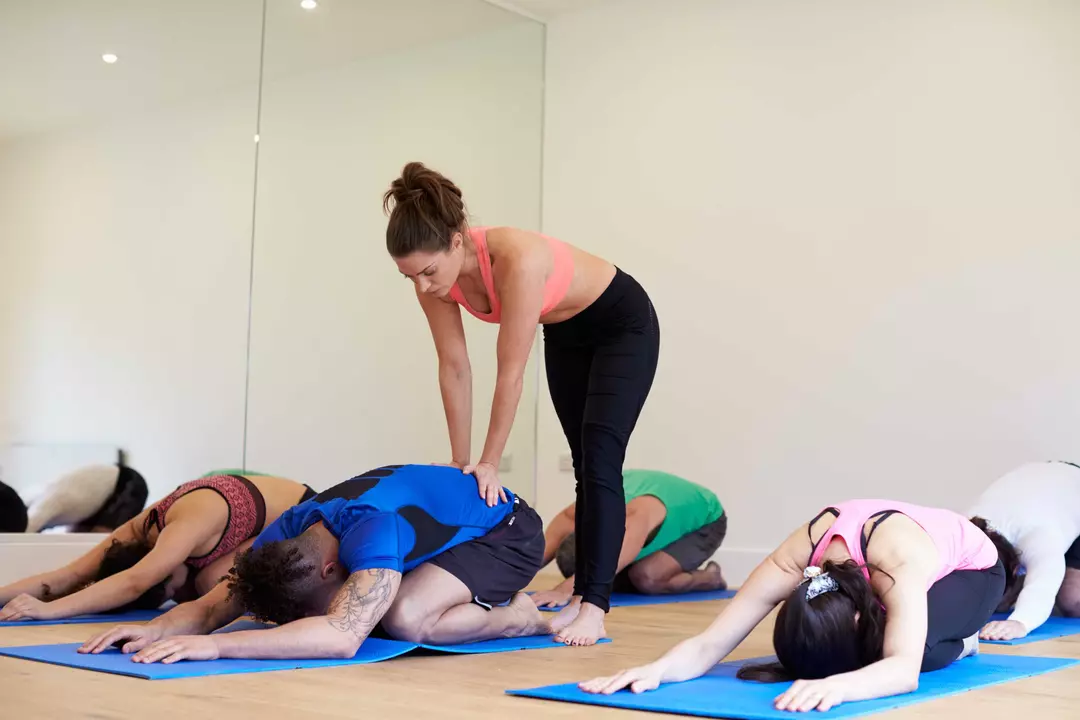Yoga and Pilates: Can a Yoga Teacher Teach Pilates?
Think a yoga teacher can't teach Pilates? They can — with the right training and mindset.
Yoga and Pilates both improve strength, flexibility and body awareness. But Pilates often focuses on precise core engagement, small controlled movements and timing with breath in a way that differs from many yoga styles. Pilates also uses equipment like reformers and small props.
What a yoga teacher already knows helps a lot
Breath control, clear verbal cues and safe sequencing transfer straight to Pilates. Teachers who already give hands-on adjustments will find it easier to correct precise Pilates positions. Experience with injury modifications and creating progressive classes is a big advantage.
Still, a yoga background doesn't cover everything. Pilates has specific principles — neutral spine, pelvic placement, rib cage awareness and the emphasis on the transverse abdominis. Learning how to cue those muscles, use Pilates props and understand reformer mechanics requires focused study.
How to start teaching Pilates
Get a basic Pilates certification or take workshops from a reputable Pilates trainer. Many schools offer short courses for movement professionals that cover essentials like Mat Pilates, apparatus basics and safety. Practice teaching mat classes first; mat work builds the same control you will need on the reformer.
Simple sample class structure for a yoga teacher moving into Pilates: begin with breathing and pelvic alignment cues, move to core activation drills, follow with small-range control exercises, add mobility for shoulders and hips, then finish with longer stretches for release. Keep cues concise and tactile adjustments minimal until you’re fully trained on equipment use.
Safety matters more than switching labels. If you plan to use a reformer, learn machine setup, spring tensions and client positioning before offering those classes. For clients with back or pelvic issues, consult a Pilates-trained physical therapist or instructor and avoid advanced springs and range of motion until you’re confident.
Want to blend yoga and Pilates? Many students love fusion classes. Use yoga’s longer stretches and breath flow at the end of a Pilates-based class to create balance. Be clear in your class description about what to expect so students pick the right session.
Benefits for teachers: learning Pilates expands your client base, deepens your understanding of core mechanics and gives you tools for rehabilitation-style coaching. It also refreshes your cueing—Pilates demands concise, muscle-specific directions that improve any movement teaching.
Bottom line: a yoga teacher can teach Pilates if they commit to learning Pilates principles and safety practices. Start small, get certified, practice with experienced mentors and communicate clearly with students. Those steps will let you bring the best of both traditions into safe, effective classes.
Practical tips: shadow a certified Pilates instructor for several sessions to learn common cues, observe reformer setup, and practice spotting. Record a few classes to refine concise cues and check alignment. Offer combined beginner yoga-Pilates workshops to test demand. Keep notes on client feedback, adjust progressions slowly, and always prioritize safe form over flashy moves. Join local Pilates communities to continue learning and get mentorship. Keep practicing, stay curious.
Can a yoga teacher teach Pilates?
Yoga and Pilates are two popular forms of exercise that focus on improving strength, flexibility, and balance. But can a yoga teacher teach Pilates? The answer is yes! While the two disciplines are quite different in terms of their approach, a yoga teacher can learn the skills and techniques needed to teach Pilates. A yoga teacher can use their existing knowledge and experience in yoga to gain a deeper understanding of the principles of Pilates and how to apply them to students. With some additional training and practice, a yoga teacher can become a competent Pilates instructor and help their students reach their fitness goals.
